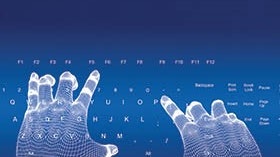Homepage
•
Learning Library
•
Blog
•
Cracking the code: Computer science, coding becoming worldwide focus for new curriculum
Expand breadcrumbs
Expand breadcrumbs
- Learning Library
- Blog
- Cracking the code: Computer science, coding becoming worldwide focus for new curriculum
- Homepage
- •
- Learning Library
- •
- Blog
- •
- Cracking the code: Computer science, coding becoming worldwide focus for new curriculum
Cracking the code: Computer science, coding becoming worldwide focus for new curriculum
By Tim Douglas
January 1, 2015








